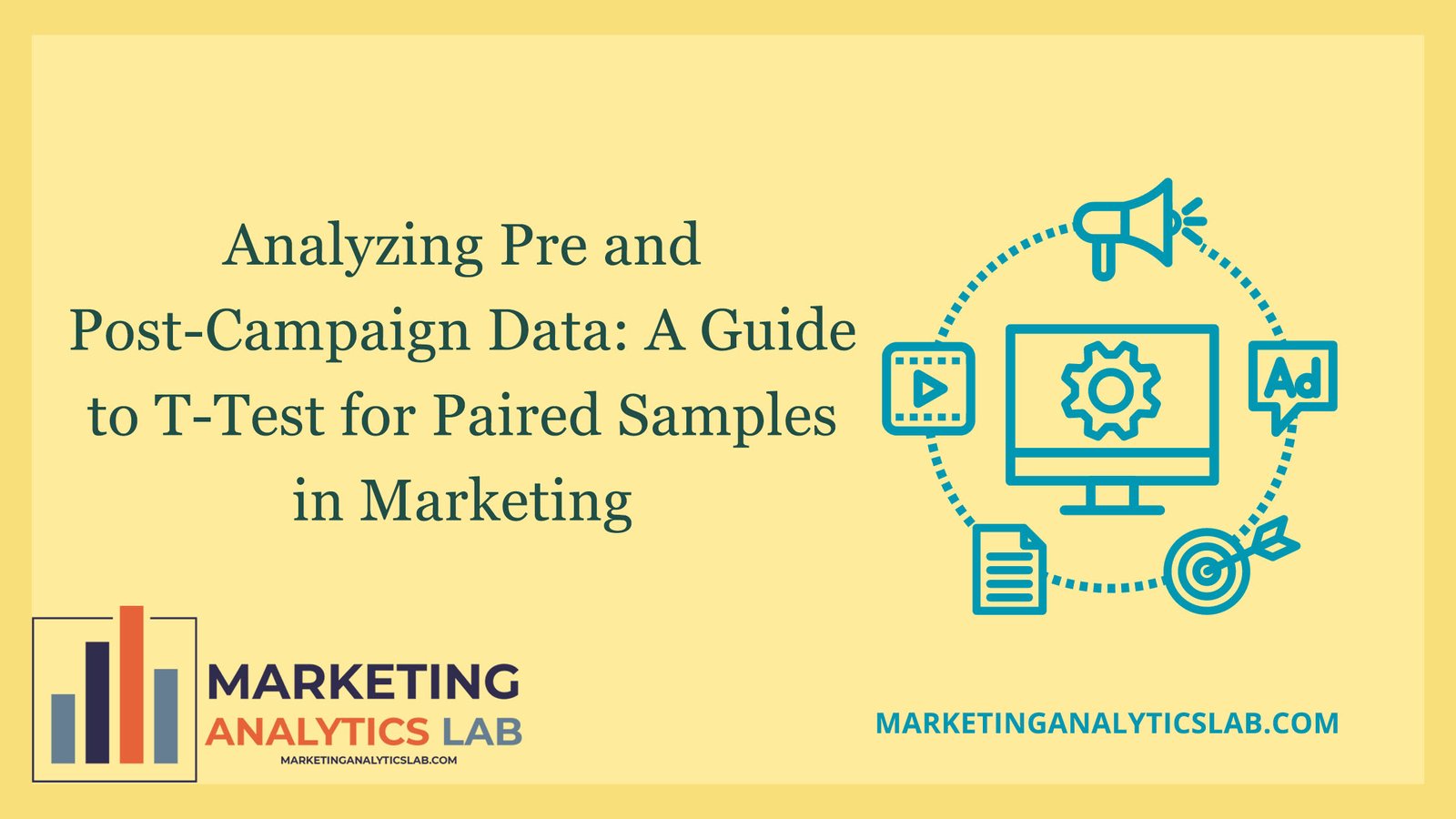Introduction to T-Test for Paired Samples in Marketing
In the world of marketing, analyzing the effectiveness of a campaign is crucial for making informed decisions and optimizing future strategies. One common method used to measure the impact of a marketing campaign is the T-test for paired samples. This statistical test compares the means of two related groups, such as pre-campaign and post-campaign data, to determine if there is a significant difference between them. By utilizing this test, marketers can quantify the success of their efforts and identify areas for improvement.
The T-test for paired samples is particularly useful in marketing because it allows for a direct comparison of data collected before and after a campaign. This helps marketers understand the specific impact of their strategies on key metrics such as sales, website traffic, or customer engagement. By measuring these changes in a controlled setting, marketers can attribute any observed differences to the campaign itself, rather than external factors. This level of precision is essential for making data-driven decisions and optimizing marketing efforts.
Furthermore, the T-test for paired samples provides marketers with statistical evidence to support their conclusions about the effectiveness of a campaign. By calculating a p-value, which indicates the probability of observing the results if there is no true difference between the groups, marketers can determine whether the observed changes are statistically significant. This allows for confident interpretation of the data and enables marketers to communicate the impact of their campaigns to stakeholders with credibility and authority.
Steps to Analyze Pre and Post-Campaign Data using T-Test
-
Collect and Prepare Data: The first step in analyzing pre and post-campaign data using a T-test for paired samples is to gather the relevant information. This includes data on key performance indicators (KPIs) such as sales, website traffic, or customer engagement before and after the campaign. Ensure that the data is clean, organized, and formatted correctly for analysis.
-
Calculate the T-Statistic: Once the data is collected, calculate the T-statistic, which measures the difference between the means of the pre-campaign and post-campaign samples relative to the variability within each sample. This can be done using statistical software or online calculators. The T-statistic will help determine if the observed differences are statistically significant.
-
Interpret the Results: Finally, interpret the results of the T-test to draw conclusions about the impact of the marketing campaign. If the p-value is less than a predetermined significance level (usually 0.05), it indicates that there is a significant difference between the pre and post-campaign data. This suggests that the campaign had a measurable impact on the chosen KPIs. Use these insights to inform future marketing strategies and make data-driven decisions.

